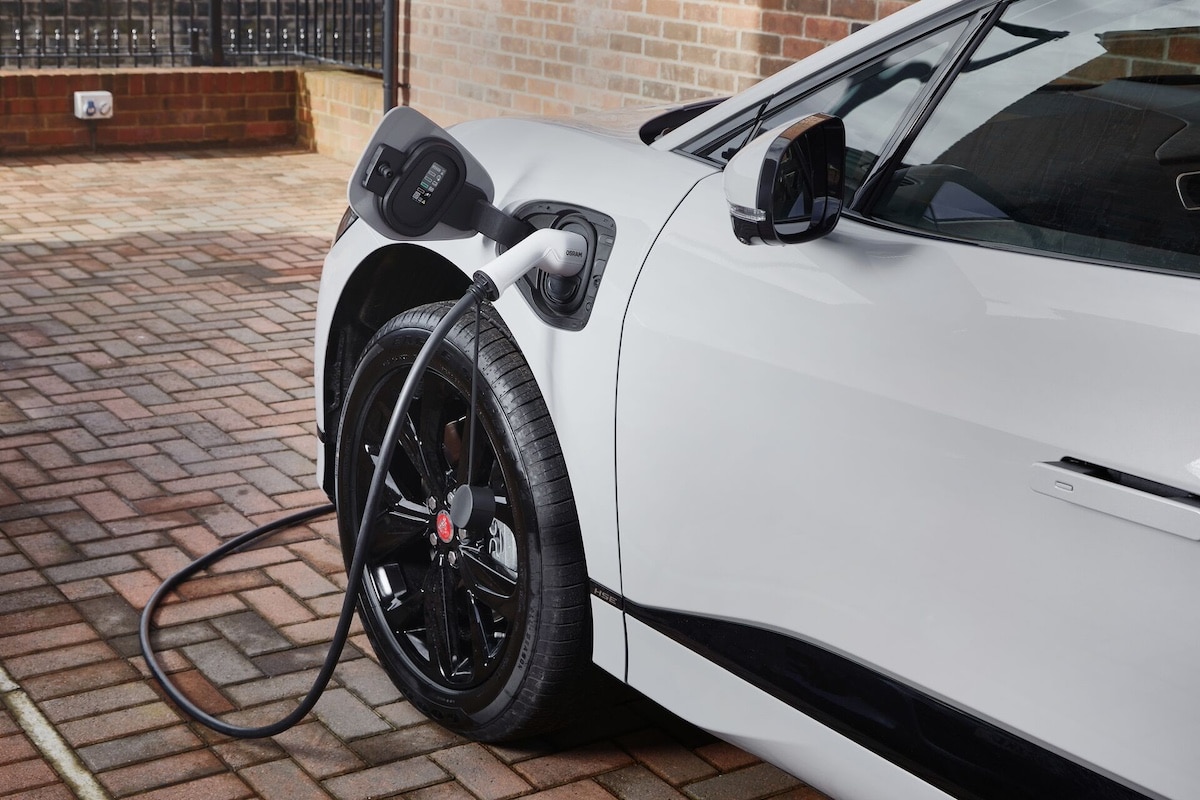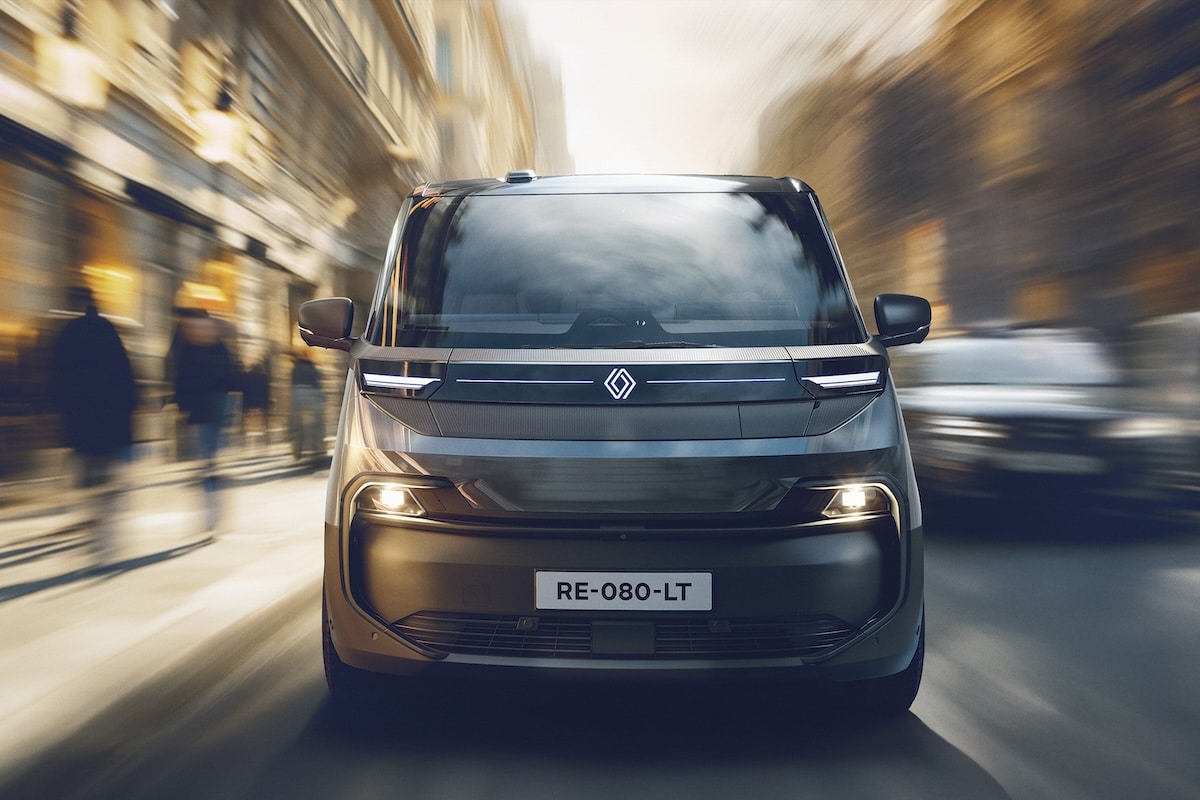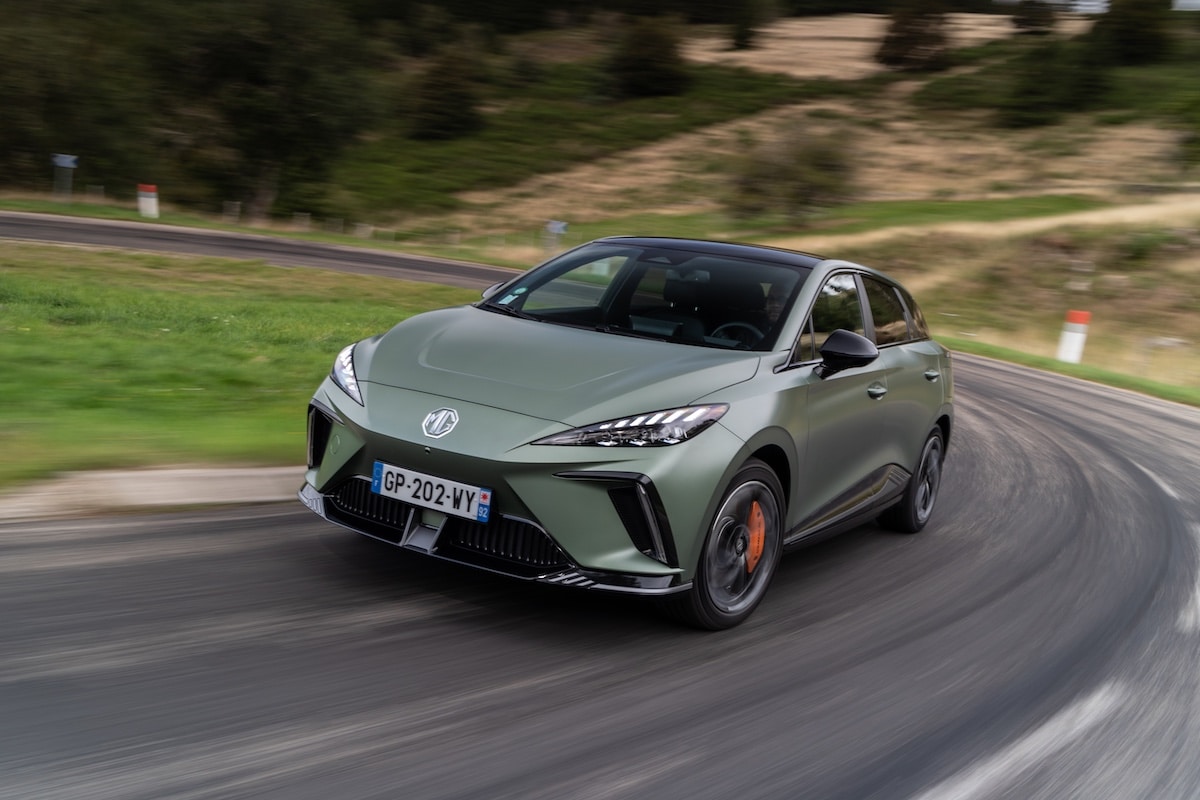In Australia, charging your car will be free in 2026

Because of an electricity surplus, Australia will offer three hours of free electricity per day in 2026. A boon for electric cars.
From July 2026, several million Australian households will be able to benefit from free electricity for three hours a day, thanks to the new federal Solar Sharer program. A dramatic measure designed to smooth energy demand, valorize solar overproduction and help households reduce their bills.
But another consequence is beginning to emerge: charging your electric car could become free and, with a V2L (vehicle to load) system, a major source of savings for the rest of the day.
You might be interestedin this article:
3 hours of free electricity during the day
Faced with the explosive growth of solar in Australia and the daily surplus generated around midday, the government decided to implement a simple scheme:
• offer at least three hours of free electricity per day,
• during the period of strong solar production (generally between 10 a.m. and 3 p.m. depending on the region),
• for households equipped with a smart meter,
• and without requiring households to own photovoltaic panels themselves.
The program will be rolled out first in New South Wales, South Australia and southeast Queensland, before a gradual extension to the rest of the country. For millions of Australians, this free window represents a domestic revolution: use of the most energy-hungry appliances, recharging home batteries… and above all charging electric cars.
Free charging: a major economic shift
The government has confirmed it: electric vehicles can be charged during this free window, at home, like any other device connected to the grid. For an average household, this means an EV plugged in for three hours around midday can recover the equivalent of 100 km of range, or even more depending on the power of the home charger.
Over a year, this represents several thousand kilometres “given”, with no energy cost. But another benefit, even more powerful, could upend household economics: using V2L to redistribute this free energy for the rest of the day.
V2L (Vehicle-to-Load) is a technology now common on many Asian and European electric vehicles (Hyundai Ioniq 5/6, Kia EV6, MG4, BYD Seal & Atto 3, etc.). It allows the vehicle to power electrical devices via a 230 V socket or through an integrated inverter.
V2L, a ticking time bomb?
Within the Australian program, V2L becomes a huge asset:
- Store free energy…
By charging the vehicle’s battery during the three free hours, a driver can accumulate 10 to 20 kWh depending on the available power. - … then power the home afterwards
A car equipped with V2L can then:
• power a refrigerator,
• computer or multimedia devices,
• a washing machine or a tumble dryer,
• recharge a home battery,
• or even, with certain devices, support the home’s electrical panel.
Even if V2L is not as complete as a full V2H (Vehicle-to-Home) system, it already allows part of the free energy to be fed back into daily needs. - Savings that could exceed 1,000 Australian dollars per year
By systematically using the free window + V2L:
• 10 to 20 kWh free per day → 3,650 to 7,300 kWh per year,
• the equivalent of half to all of the electricity consumption of an average Australian household. Even accounting for conversion losses, the potential savings are massive.
With this program, Australia becomes one of the first countries to officially integrate electric vehicles into a large-scale grid management strategy. The model is perfectly suited to a country where solar energy is breaking production records.
Australia is also one of the countries investing the most in electricity storage via gigantic Megapacks like Tesla’s, for example. The world is profoundly rethinking how it consumes electricity, and this is a movement that should be applauded and encouraged to decarbonize the planet.
ALSO READ: Tesla Supercharger V4: 500 kW of power — but why?
This page is translated from the original post "En Australie, recharger sa voiture sera gratuit en 2026" in French.
We also suggestthese articles:
Also read

![]()


